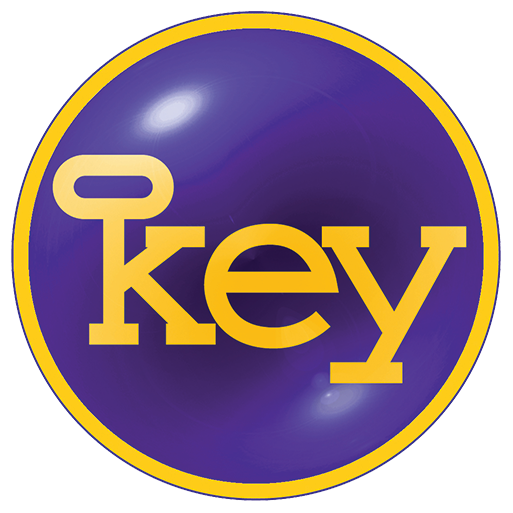The Clark, Peterson, Pitt Flow & Feedback Diagram
Did you see my last blog? In it I wrote that it is necessary but not sufficient for businesses to think of and describe themselves using only financial statements or a conventional organisation chart. Putting the spotlight or focusing on customers is the essential additional ingredient needed for sustainable success. Customers need to be at the centre of thinking and action in every business. Customers are the source of profits and pay your wages.
So how are you going to do that? You were introduced to the Flow & Feedback (2F) Diagram as way to put the customer at the heart of everybody's thinking in the business.
Why a diagram? Because it shows relationships more clearly. There are two main sets of relationships in the 2F diagram that make it different to some other models if you want to be a customer-focused organisation. They are the flow of customer value-adding activities and an organisational learning feedback loop. This blog focuses on the customer, the most critical element in value-adding flow.
Customers: Who are those guys?
Depending on how you are using 2F, there are two main types of customer: external and internal. The external consumers are why your organisation exists. Therefore they must be identified and you need to understand their needs. Internal customers are the next person, team or department who takes the outcomes from a process. Internal customers and suppliers help the frontline help the external customer.
You also need to consider secondary customers and other stakeholders such as the community. Think about who else is affected by the outcomes of your business or organisation. Sometimes they are paying the bill, like taxpayers via government grants!
Why bother?
You just make a sale and that's it isn't it? Nope! It is so much more. Frederick Reichheld said it can cost five times more to get a new customers than to retain an existing one. And, not only do you want them to come back, you want them to bring their friends or perhaps make a referral or recommendation. All this saves money that feeds into your profits and sustains your success.
I get that, but why is it more than making the sale?
The sales transaction and the service delivery that may follow are only part of it. The aim should be to create a positive experience pre-sale, at the point of sale and post-sale. This has been called the total customer experience (TCX). Such a customer-focused approach adds value to a company by enabling it to differentiate itself from competitors who do not offer the same experience. Using 2F shows people where they are in relation to the customer and the TCX.
You never know who in your organisation will 'touch' the customer. It is all of these contacts, not just making the sales, that influence whether customers will buy again and bring their friends. When customers come into contact with anyone in your business this was called a moment of truth by Jan Carlzon. He was CEO of the SAS airline and said that they had 50,000 moments of truth every day! How many moments of truth are there for your business? Do you know who is making them?
So the benefit of using the 2F diagram is that it helps everyone understand that yours is a customer-focused organisation. It helps your people never lose sight of the customer. So don't keep it locked away in a drawing or a computer, make it part of everybody's everyday work.
Perhaps then, some good reasons for ensuring that yours is a wholly a customer-focused organisation and using 2F diagram to help?

